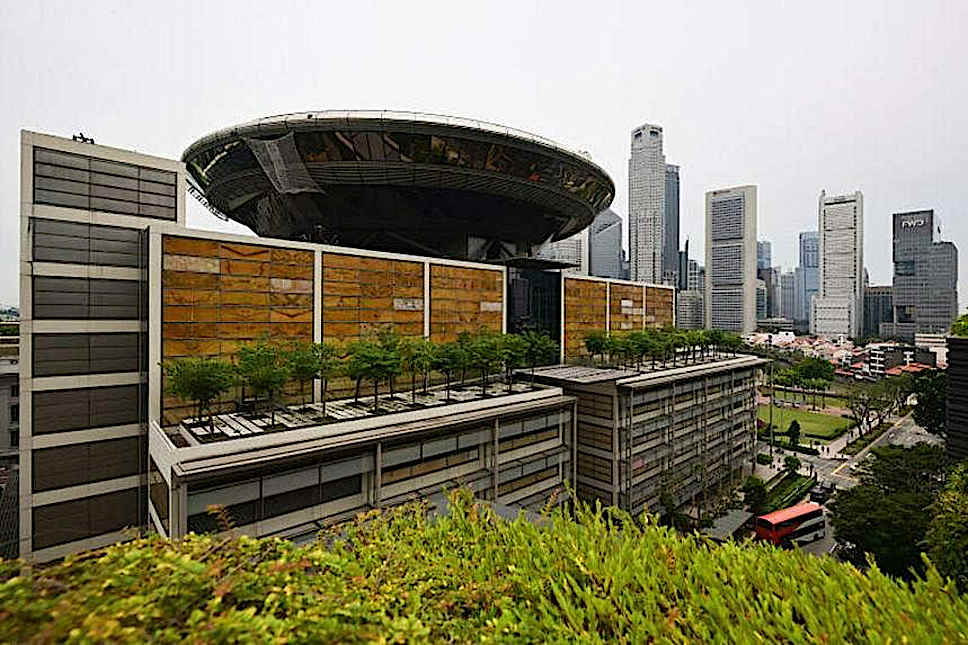How to maximise CPF savings to grow your nest egg for retirement

SINGAPORE – Hitting 55 is a significant milestone for many Singaporeans – it’s that much closer to retirement and also the age when we can withdraw some of our Central Provident Fund (CPF) savings.
But don’t open the bubbly too quick – about 33 per cent of active CPF members who turned 55 in 2022 have not set aside the Full Retirement Sum in their CPF savings or in CPF savings and property, noted the Ministry of Manpower (MOM).
About 45 per cent of those who failed to set aside the Full Retirement Sum were male.
MOM estimated that about 24 per cent of active CPF members will fail to set aside the Full Retirement Sum over the next five years, down from about 33 per cent in 2022.
So how can you boost your CPF savings for retirement?
1. Build up these savings early to benefit from compounding over time
When you turn 55, a new Retirement Account (RA) is created. The money in your Special Account (SA) will be transferred to this, followed by funds in your Ordinary Account (OA).
The amount transferred will be the Full Retirement Sum for the year, which is $198,800 in 2023.
Ms Lorna Tan, head of financial planning literacy at DBS Bank, says that by starting early, “it is possible to grow CPF balances to at least the Full Retirement Sum at age 55”, even if you start small because you have time on your side.
2. Add to your SA via the Retirement Sum Topping-up Scheme
You could transfer your OA savings to your SA, up to the Full Retirement Sum, before you turn 55 and so benefit from higher interest rates payable in that account, now at 4 per cent a year.
You can also top up your SA with cash to the Full Retirement Sum and get a tax relief of up to $8,000 per calendar year.
Ms Tan says CPF members should do their top-ups at the beginning of the year, noting: “As CPF interest is calculated monthly, if a CPF member makes a top-up in January instead of December each year, he will earn 20 per cent more in interest over 10 years.”
CPF members who have turned 55 can also set aside more for retirement by transferring their OA and SA savings to their RA up to the Enhanced Retirement Sum, which is $298,200 in 2023.
You can also top up with cash to the Enhanced Retirement Sum, but you will not qualify for the $8,000 tax relief.
Tax relief applies only for cash top-ups to the Full Retirement Sum. Top-ups above this up to the Enhanced Retirement Sum of $298,200 this year will not qualify.
If you set aside only the Full Retirement Sum instead of topping up to the Enhanced Retirement Sum, you can just leave your remaining CPF money in your OA and SA, where it will continue to earn interest.
After you turn 55, the yearly increase in the Full Retirement Sum does not affect you any more. The Full Retirement Sum you need to set aside depends on when you turn 55 and is fixed for the rest of your life. However, you can continue to set aside up to the prevailing Enhanced Retirement Sum.
3. Make voluntary contributions to all three CPF accounts (Ordinary, Special and MediSave)
If you have topped up to your Full Retirement Sum (below 55) or Enhanced Retirement Sum (over 55), you can still put in more money under the CPF Voluntary Contribution Scheme.
DBS’ Ms Tan says these top-ups go into Ordinary, Special and MediSave Accounts, up to $37,740, known as the CPF Annual Limit.
The maximum amount of voluntary contributions to the three CPF accounts is the difference between this annual limit and the amount of mandatory CPF contributions received for the year, Ms Tan adds.
Voluntary contributions do not enjoy tax relief, unlike cash top-ups under the Retirement Sum Topping-up Scheme.
Ms Tan says making voluntary contributions may be a great idea if you have excess cash that you do not need in the near term, but it may not work if you are in a tight financial situation and need money for more pressing things.
She adds that the CPF Voluntary Contribution Scheme is useful for senior members who have lower mandatory contributions as they grow older.
4. What if you cannot set aside the Full Retirement Sum?
Some CPF members fail to set aside the Full Retirement Sum for many reasons, such as having used funds to buy a house or because they stopped working to take care of children or an elderly parent.
These members can set aside half of the Full Retirement Sum, which is the Basic Retirement Sum if they own a property. This Basic Retirement Sum is $99,400 in 2023.
Ms Tan says these members will have to restore their RA back to the Full Retirement Sum with the proceeds when they eventually sell their property.
She adds that there will be a second transfer of CPF savings to the RA, at the payout start age, which can be any time from age 65 to 70.
This applies to those born in 1958 or later, and who have not met their Full Retirement Sum by 55.
CPF members who have to stop working have options as well.
Ms Tay Mui Huang, senior adviser at Financial Alliance, says their spouses can transfer some of their CPF savings to their CPF accounts. Their spouses can also do a cash top-up for them up to the current Full Retirement Sum. These top-ups can bring tax relief of up to $8,000 a year.
5. CPF SA shielding as a way to grow CPF savings
DBS’ Ms Tan points to CPF SA shielding as a way to help members retain as much of the cash in their SA as possible, instead of the entire amount being swept into the RA.
She adds that SA shielding should be done a few weeks before a member turns 55.
“Leave behind $40,000, which is the minimum amount that a member needs to keep in his SA. Invest the rest temporarily in a short-term and relatively safe investment product under the CPF Investment Scheme,” Ms Tan notes.
When the member turns 55, $40,000 from his SA and savings from his OA – up to the Full Retirement Sum – will be transferred to his RA.
“The CPF member can then liquidate his temporary investment, and the amount invested plus gains (if any) will return to his SA,” Ms Tan says.
This allows the CPF member to retain most of his SA savings, which will continue to earn interest at 4 per cent a year.
You can withdraw this interest earned regularly, effectively getting a “passive income stream to fund retirement needs”, Ms Tan notes.
The rest of the SA savings can stay in the CPF to compound and earn interest every year, she adds, likening this to a “fixed deposit with interest of 4 per cent per annum”.
But Ms Tan urges being careful when picking an investment product to park your SA savings temporarily. “If the fund value drops during the investment period, the CPF member may have to stomach losses on his SA savings, or he may consider liquidating it later.”
6. If you meet your Full Retirement Sum, can you withdraw your remaining CPF savings?
You can withdraw at least $5,000 or any amount in excess of that after setting aside your Full Retirement Sum from the age of 55.
You can withdraw this money at any time after 55, whether in full or partially.
The CPF Board notes: “If the member subsequently decides to put back the money in his CPF, he can do so by topping back up to the prevailing Enhanced Retirement Sum. This top-up will, however, not qualify for tax reliefs.”
Ms Tan adds that CPF members born in 1958 or later “can withdraw an additional amount of up to 20 per cent of their retirement savings at 65”.
However, you will not be able to withdraw cash top-ups or CPF transfers you have made to your retirement savings, she says, adding that you also cannot withdraw government grants to your CPF such as the CPF Life Bonus.
“CPF members will also need to be mindful that they are forgoing risk-free interest that they will otherwise earn if they leave the money in their CPF accounts,” Ms Tan adds.
Join ST's Telegram channel and get the latest breaking news delivered to you.






No comments:
Post a Comment